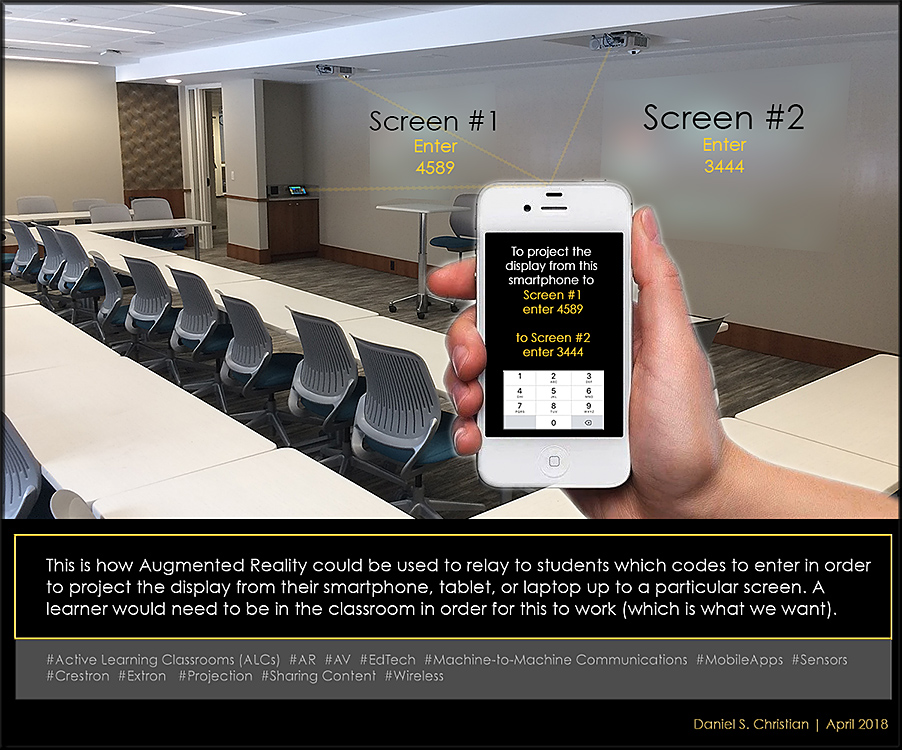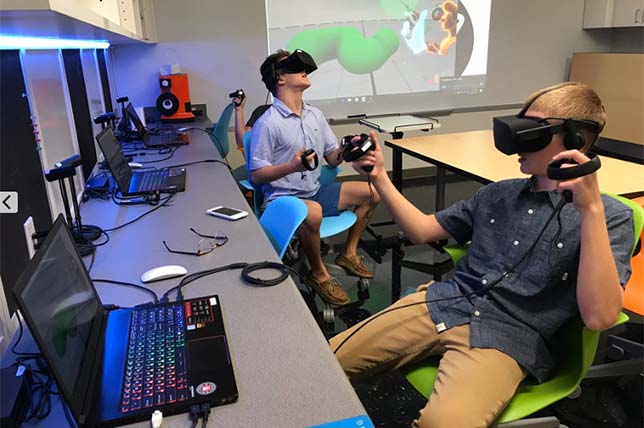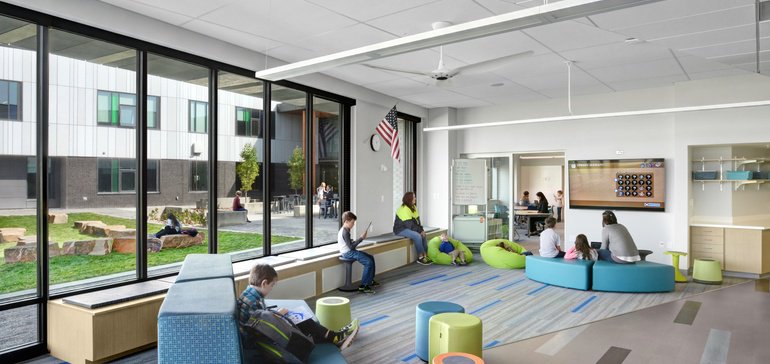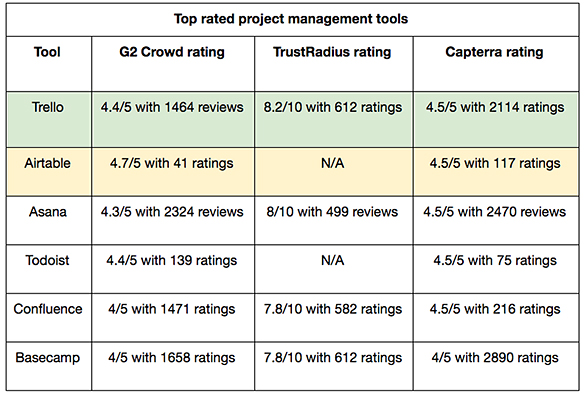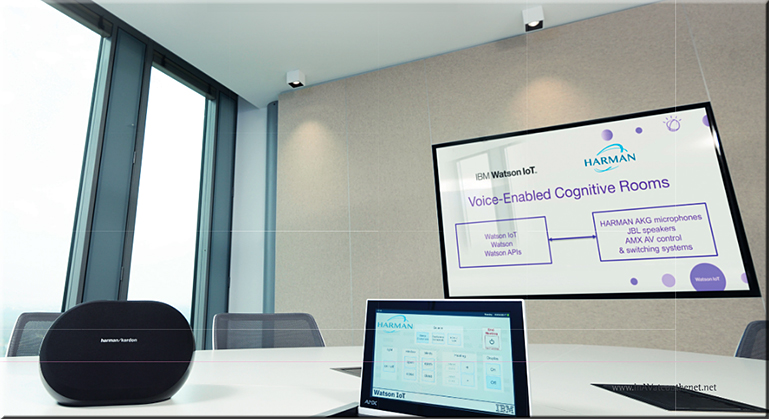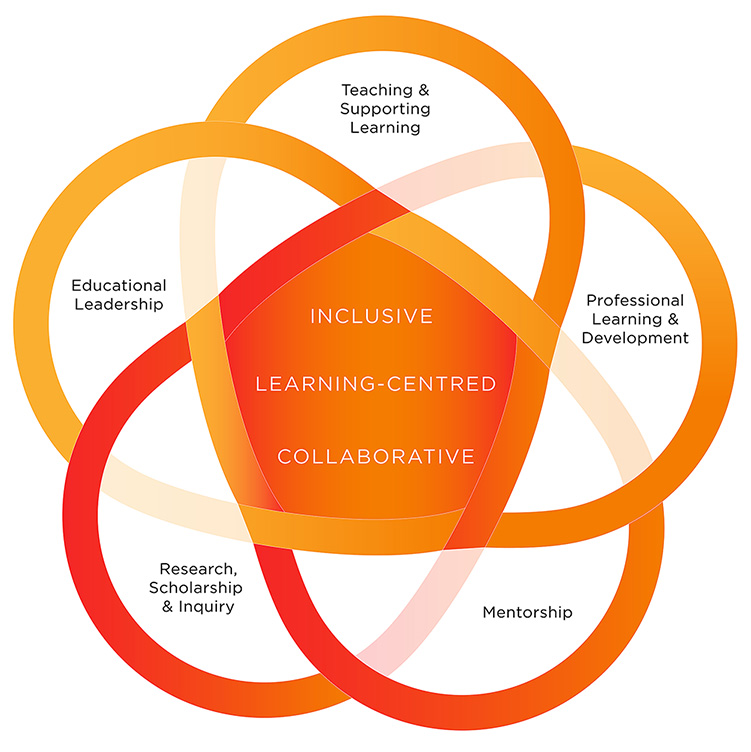What online teachers have learned from teaching online — from insidehighered.com by Mark Lieberman
Online instructors offer wisdom they’ve gathered — what to do and what not to do — from years of experience teaching in the modality.
Excerpts:
When I first began teaching online, I noticed a disconnect between students and the course content. While I worked to make it relevant to their lives, I often saw students doing the work simply for the grade. Clearly something was not translating. In the last year, I’ve become more focused on helping students connect their passions to the course content. My courses still have objectives. However, I ask students when the semester starts to identify one to three goals and create a short video about what they want to achieve in the course. They reflect on these goals and can modify them at the midpoint and the end. During the semester, I ask students to consider what they are doing during the week to help them meet their goals. They don’t always need to share this information, but having this as a thread in the course helps them stay connected to the content and each other. Students are aware of what their colleagues’ goals are and often reach out and share ideas and resources in support. [Hall]
…
I also began to see that teaching online could support learner variability better than teaching in a classroom. I observed one student with dyslexia express herself eloquently in video, while her written expressions were fragmented. These experiences illuminated the value of Universal Design for Learning, opening a new world of opportunities for teaching online. [Brock]
…
I’ve been teaching online since 2008 and entirely online since 2013. When I first started teaching online, I was afraid to create new content or change the course in any way once the course launched. I thought the course curriculum and online environment had to stay “frozen” and intact or I would risk confusing students. Now, I create additional tutorials as needed, using screen-casting tools, videos and podcasts to add additional content to assist students. I have also since learned that there is no one-size-fits-all approach to online teaching and learning. Some students prefer basic content and straightforward assignments. Other students like to interact with the instructor through instant messaging, email and discussion boards. I started doing optional webinars for students who wanted more interaction and personalized learning, but I don’t require them. I find that the same group of online students in each course (who enjoy interaction) usually attend the webinars. The webinars are recorded for students who couldn’t attend or prefer the recording format.
Over all, I’ve learned to be more laid-back, multimodal (e.g., webinars, podcasts, etc.), proactive and flexible for my students.
Semingson
There need to be more active learning activities in an online course.
Greenlaw
…
In a typical class, students talk only to the instructor and each other. Resources, questions and information that are created and shared rarely transition to the next course. In true community, all students and instructors within a program could regularly access information and ideas in a shared space regardless of the content they are currently learning. [Hall]
…
There are numerous tools and strategies for interacting with students, like web-conferencing platforms, course audio and video tools, and collaborative tools that allow for synchronous or asynchronous interaction. There are simply more ways to communicate, to collaborate and to create. [Hobgood]
Insert from DSC:
Re: this last quote from Hobgood, I love this idea of creating an online-based community of practice — or community of inquiry — that spans across classes and semesters. Great call!
Efforts to improve student access to online courses are key, but we also know that equity gaps get worse when minority students learn online. We must not throw the baby out with the bathwater. Relationships are at the core of meaningful college experiences and they’re particularly important to underserved students who are more likely to doubt their academic abilities. Underserved online students need the presence of an engaged instructor. If you teach online, your human presence matters. This has been my greatest takeaway from 15 years of teaching online and, perhaps, more striking is that this point still seems revolutionary to so many.
Pacansky-Brock
Addendum:
7 Steps to Better Online Teaching — from chronicle.com by Esther C. Kim
Excerpt:
Provide suggestions for a strong classroom climate. At the start of the semester, I offer ways for students to stay engaged in an online classroom environment, and I explain the importance of remaining on camera and on audio. Without a proper explanation, students mistakenly think that they can multitask during live class sessions. Among the tips I offer them:
- Refrain from opening email, texting, or browsing the web.
- Choose a space where you don’t encounter distractions, which could include family members, laundry, dirty dishes, or a busy street outside your window.
- Avoid sitting on a comfortable couch or bed.
- Pay close attention to peers’ comments and ask yourself if you agree or disagree, and why. Add to the dialogue by sharing your thoughts.
- Avoid taking class from coffee shops or other public spaces. The background noise can create a distraction both for you and for the entire class. Also, internet connections may be inconsistent in public spaces.
Don’t use the chat box when you can speak instead. On my university’s platform, there’s a chat box in which students can type messages in real time. This could be a useful tool if used properly. But I often find it difficult to simultaneously read the chat box while listening to a student who’s speaking. The same goes for when I am speaking and someone is typing comments or questions in the chat box. If there’s a robust dialogue happening among a few of the students and others want to interject, they can place their comments in the chat box. Otherwise, I ask that they take advantage of the face-to-face online time by verbalizing their questions or comments.
From DSC:
Esther’s point on how difficult it is to both read/respond to the chat area while also trying to listen to someone else speaking is a great example of cognitive load — and it being overwhelmed with too much information to process at one time.









